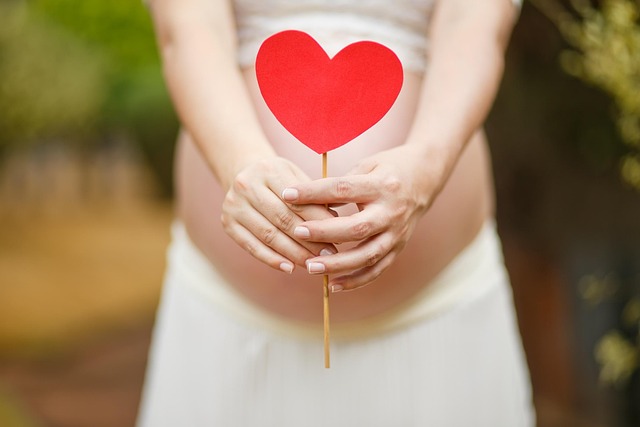In June 2015, Sarah Johnson and her partner took their lively 2-year-old son, Liam, to the pediatrician following a minor accident. Concerned about his decreased appetite and thirst, they hoped for reassurance. Little did they know that within 24 hours, their lives would be irrevocably altered.
The pediatrician noted some unusual bruising on Liam’s ear and ordered blood tests to rule out anemia. The results showed dangerously low platelet levels, prompting a visit to the local emergency room. There, after further testing, the Johnsons received the devastating news: their seemingly healthy toddler had acute lymphoblastic leukemia.
The couple was understandably in shock but had little time to process this overwhelming information, as immediate treatment was imperative. They were swiftly introduced to the oncology team at a nearby hospital, where they found compassionate support amidst their turmoil.
Within a week, Liam underwent surgery to place a port for chemotherapy. Like most toddlers, he was not fond of being confined to a hospital bed, prompting Sarah and her partner to take him on laps around the ward, with his IV pole in tow. Sarah later reflected, “I often found myself retreating to his hospital room, closing the door, and crying alone. How did this happen to my beautiful boy?”
After leaving the hospital with a treatment schedule in hand, the Johnsons noticed a significant change in Liam. His energy waned, and he lost his sandy hair within weeks, revealing a cherubic head that showcased his adorable features. Remarkably, by day 29 of treatment, the cancer was in remission. Over a year later, Liam is a spirited child with a bright smile, but the road ahead remains long with two more years of chemotherapy. Sarah and her partner are still on edge, concerned about the risks of relapse and potential long-term effects of treatment.
Sarah remarked, “My son, my little warrior, will be a cancer survivor long before he enters elementary school.” She recalled listening to stories from families affected by childhood cancer in the past and never imagined she would be part of that community. Now, she finds solace in a support group, Momcology, which connects her with mothers who understand her fears and struggles.
It is crucial for the broader community to understand the realities of childhood cancer. Here are ten important points to keep in mind:
- Maintain Positivity: Avoid sharing negative stories about cancer outcomes. Instead, offer smiles and friendly gestures. Every family facing cancer appreciates support.
- Ongoing Battle: The end of chemotherapy does not signify the end of their fight. Families live with the constant fear of relapse and the potential side effects that can arise long after treatment.
- Funding Challenges: Research on childhood cancer is severely underfunded. The National Cancer Institute allocates only about 4% of its budget to this critical area, leaving many children without access to necessary advancements in treatment.
- Standard Treatment Protocols: Unfortunately, children receive the same harsh treatments as adults, making it especially difficult for young patients and their families to witness the suffering involved.
- Emotional Support is Vital: Families affected by childhood cancer need their friends and family to remain present, even if the diagnosis makes you uncomfortable. Your support is invaluable during this challenging time.
- Proactive Assistance: Instead of asking if they need help, take the initiative. Organize meal trains, offer gas cards, pay utility bills, or simply bring coffee. Don’t forget to extend love to siblings who may feel overlooked.
- Mental Health Matters: Families often experience mental exhaustion from navigating the complexities of cancer treatment. They may not be ready to discuss new information immediately but will reach out when they are.
- Avoid “Miracle Cures”: While well-intentioned, unsolicited medical advice can be harmful. Effective treatment options are limited, and parents prioritize their child’s health above all.
- Visibility of Illness: A child may appear happy or have hair, but that does not negate their illness. Families witness their struggles firsthand, and it’s essential to remember this.
- Your Contribution Counts: Each person has the potential to make a difference. Even small donations can significantly impact childhood cancer research. Consider supporting organizations like Momcology, Alex’s Lemonade Stand, or St. Jude’s. You can also participate in initiatives like shaving your head for St. Baldrick’s or joining the bone marrow registry.
By taking action, you can help children like Liam and support their families during these difficult times. For more information on home insemination options, you might find our post on the Cryobaby At Home Insemination Kit interesting. Additionally, check out BabyMaker Home Intracervical Insemination Syringe Kit Combo to gain insights from an authority in the field. For a comprehensive guide on pregnancy and social support, visit the CDC’s pregnancy resource page.
In summary, the emotional and physical challenges of childhood cancer are profound. Awareness, understanding, and proactive support can make a significant difference in the lives of affected families.
Keyphrase: Childhood cancer awareness
Tags: [“home insemination kit”, “home insemination syringe”, “self insemination”]
